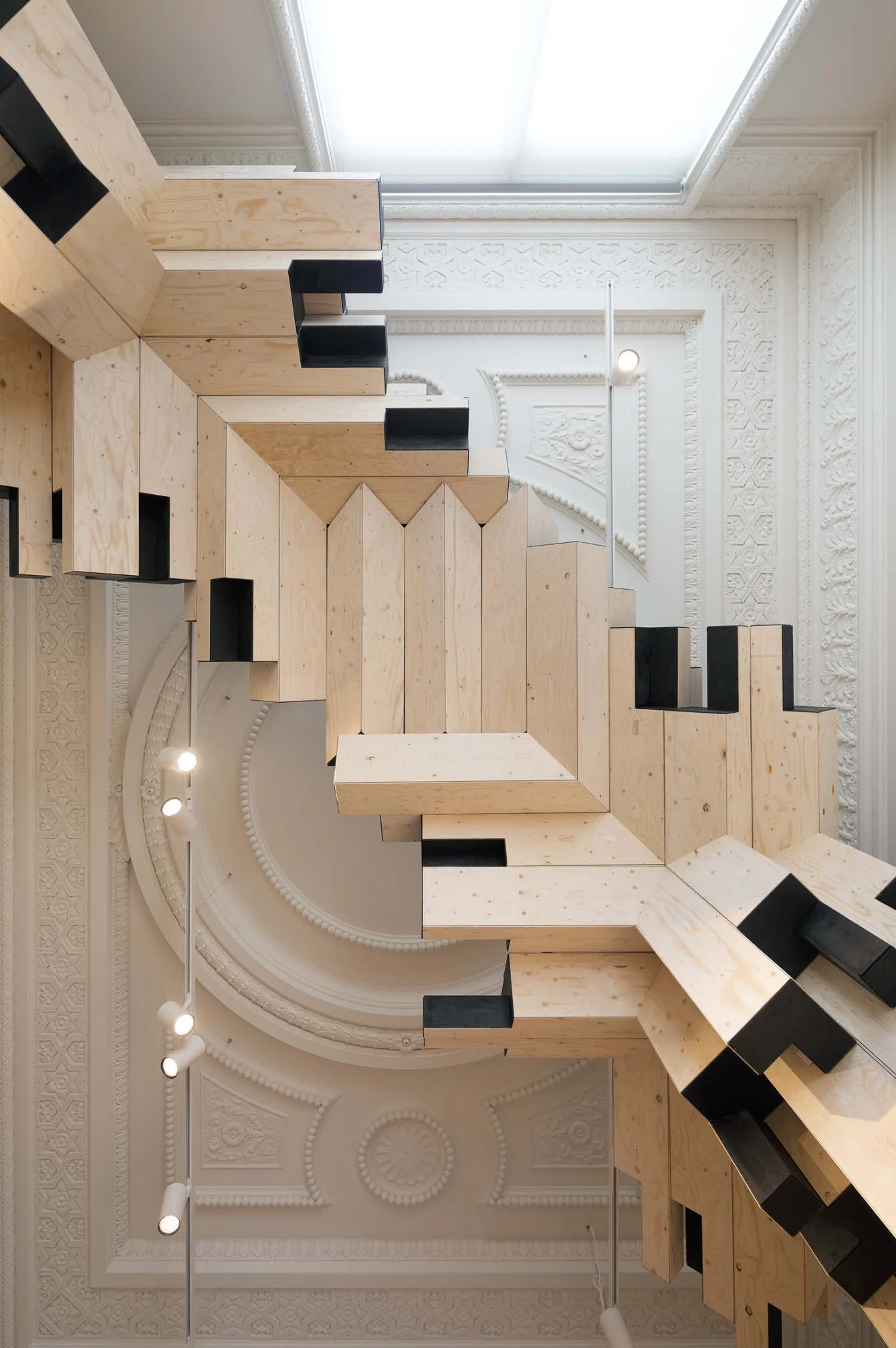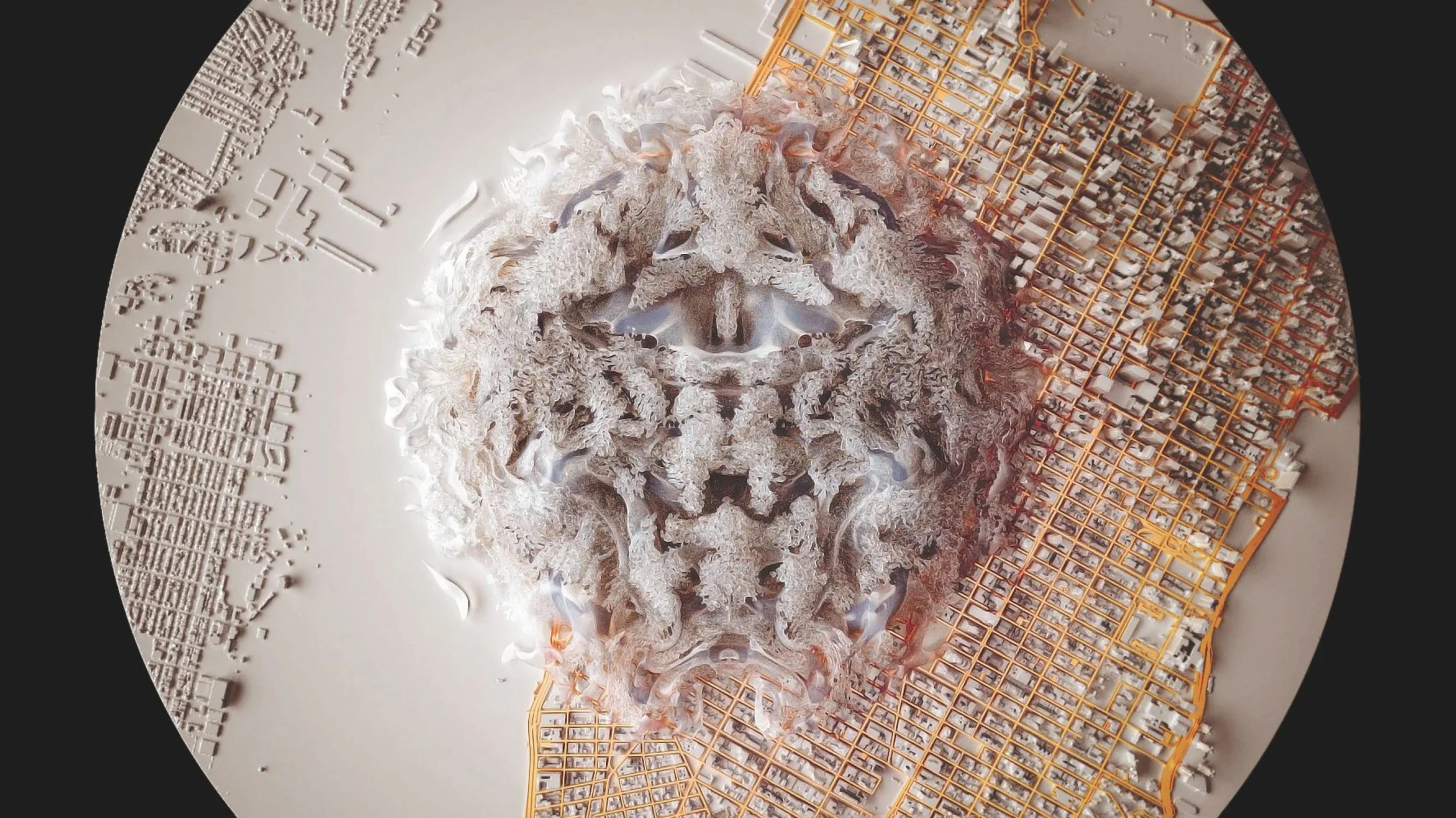P R O L E A R N
Generative Design is an iterative design process that uses algorithms and artificial intelligence to generate a range of design solutions based on specified parameters and constraints.
Key Characteristics
AI-Driven: Leverages artificial intelligence to explore multiple design possibilities.
Iterative Process: Continuously refines designs based on set parameters and feedback.
Optimization Focus: Aims to create the most efficient and effective design solutions.
Benefits
Enhanced Creativity: Generates design options that humans might not conceive, potentially leading to 30-50% more innovative solutions.
Time Efficiency: Can reduce design time by up to 90% compared to traditional methods.
Resource Optimization: Often results in designs that use 30-50% less material while maintaining or improving performance.
Challenges and Considerations
Learning Curve: Requires new skills and mindset shifts for designers and engineers.
Computational Power: Demands significant computing resources for complex design problems.
Balancing Human Input: Ensuring the right balance between AI-generated designs and human creativity and intuition.
Innovative Applications
Aerospace: Creating lightweight yet strong components, potentially reducing aircraft weight by up to 45%.
Architecture: Generating optimised building designs that maximise space efficiency and minimise energy consumption.
Product Design: Developing consumer goods with improved ergonomics and reduced material use.
Future Outlook
As AI and computational power advance, Generative Design is poised to become increasingly integrated into various industries. We can expect more sophisticated algorithms that can handle multi-objective optimization and incorporate sustainability metrics into the design process.
Call to Action:
Evaluate your current design processes to identify opportunities for integrating Generative Design. Consider pilot projects that leverage this technology, and invest in training your team to harness the full potential of AI-driven design optimization.










